The pervasive use of social media among teenagers has become a defining feature of modern adolescence. Platforms like Instagram, TikTok, and Snapchat offer endless streams of content, keeping young users engaged for hours on end. However, emerging research suggests that excessive social media consumption—particularly more than two hours per day—may significantly exacerbate anxiety levels in adolescents. This revelation raises urgent questions about the psychological toll of digital immersion and how society should respond.
The Link Between Screen Time and Anxiety
Multiple studies have drawn a troubling correlation between prolonged social media use and heightened anxiety in teens. A report published in the Journal of Adolescent Health found that adolescents who spent over two hours daily on social platforms exhibited markedly higher levels of anxiety compared to their peers with limited usage. The constant exposure to curated, idealized versions of others' lives fosters unrealistic comparisons, eroding self-esteem and amplifying feelings of inadequacy.
Psychologists point to the "highlight reel" effect as a key driver of this anxiety. Social media feeds are flooded with images of perfect bodies, luxurious vacations, and seemingly flawless relationships—far removed from the messy reality of everyday life. For teenagers still forming their identities, this relentless barrage can distort their self-perception, making them feel like they’re perpetually falling short.
The Role of Dopamine and Digital Dependency
Beyond comparison, the very design of social media exploits neurological vulnerabilities. Platforms are engineered to trigger dopamine releases through likes, comments, and shares, creating a cycle of instant gratification and reinforcement. Over time, this can lead to dependency, where teens feel compelled to check their phones incessantly to avoid missing out or to seek validation. The resulting anxiety isn’t just about what they see online—it’s about the fear of disconnection.
Sleep disruption further compounds the issue. Many teenagers use social media late into the night, sacrificing rest for scrolling. Sleep deprivation is a well-documented contributor to anxiety, impairing emotional regulation and cognitive function. The blue light emitted by screens suppresses melatonin production, making it harder for teens to wind down, trapping them in a vicious cycle of fatigue and stress.
The Amplification of Social Pressures
Social media also magnifies traditional adolescent struggles. Cyberbullying, once confined to school hallways, now follows teens home through their devices. The anonymity and distance afforded by screens often embolden harassers, while victims face relentless exposure. Unlike physical bullying, digital attacks leave a permanent trail, with humiliating posts or messages resurfacing indefinitely. For many teens, this creates a pervasive sense of vulnerability and dread.
Even without overt bullying, the pressure to maintain an online persona is immense. Teens meticulously curate their profiles, agonizing over every post and photo. The line between their real and digital selves blurs, leaving them anxious about maintaining facades. The rise of "FOMO" (fear of missing out) exacerbates this, as teens obsessively monitor peers' activities, convinced they’re being excluded from meaningful experiences.
Potential Solutions and the Path Forward
Addressing this crisis requires a multi-faceted approach. Parents play a crucial role by modeling healthy screen habits and establishing tech-free zones at home. Open conversations about social media’s constructed nature can help teens develop critical thinking—understanding that online portrayals are often exaggerated or fake. Schools, too, must integrate digital literacy into curricula, teaching students to navigate these spaces mindfully.
Platforms themselves bear responsibility. While some have introduced usage reminders or screen-time trackers, critics argue these measures are superficial. More robust interventions, like algorithm changes to limit endless scrolling or delaying notification deliveries, could help break addictive patterns. However, without regulatory pressure, profit-driven companies have little incentive to prioritize user well-being over engagement metrics.
Ultimately, the goal isn’t to demonize social media entirely—it’s about fostering balance. Teenagers benefit from online communities that provide support and creativity. But when usage crosses the two-hour threshold, the risks escalate. As research continues to uncover social media’s psychological impacts, society must grapple with how to protect young minds in an increasingly digital world.

By /Jul 25, 2025

By /Jul 25, 2025

By /Jul 25, 2025
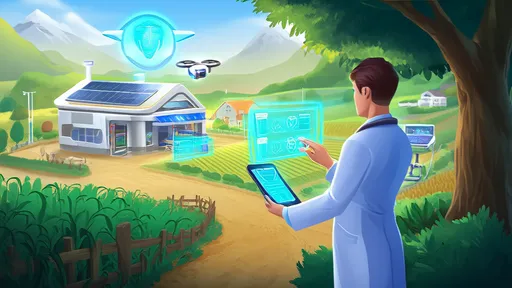
By /Jul 25, 2025

By /Jul 25, 2025
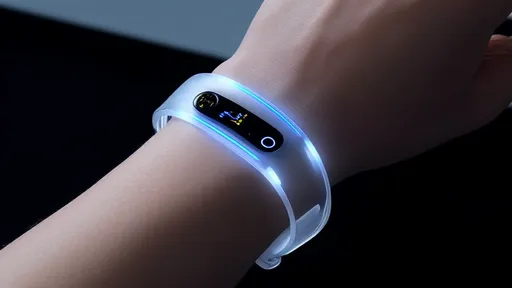
By /Jul 25, 2025

By /Jul 25, 2025

By /Jul 25, 2025

By /Jul 25, 2025

By /Jul 25, 2025
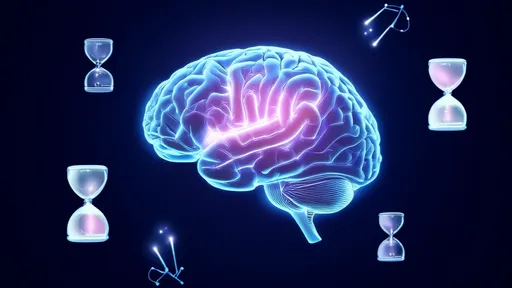
By /Jul 25, 2025
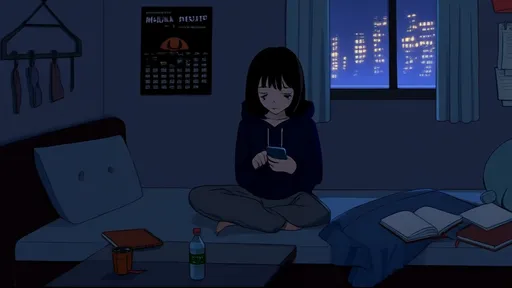
By /Jul 25, 2025

By /Jul 25, 2025

By /Jul 25, 2025

By /Jul 25, 2025

By /Jul 25, 2025
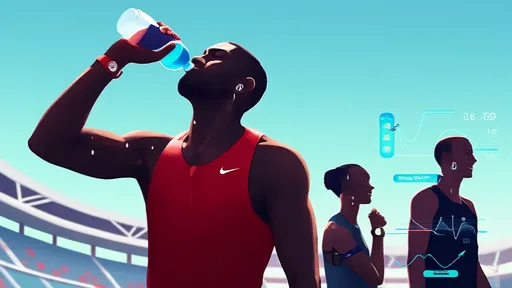
By /Jul 25, 2025

By /Jul 25, 2025